Sightseeing Spots
Search Results314
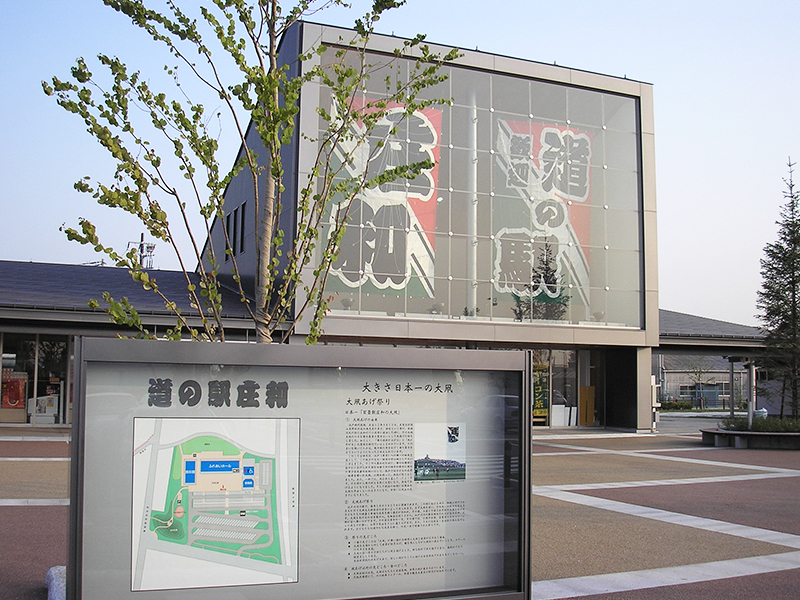
Roadside Station Showa, surrounded by a rural landscape of fertile farmland and pastoral rice fields interwoven with small forest groves, is nestled in the perfect environment to feel the change of the seasons. In the product hall, you can find a variety of souvenirs from all over the country, as well as products unique to the Kasukabe area. You can also buy local fresh vegetables at the farmers market, a place popular with tourists. Meals are also available at the restaurant, "Shokusai-kan."
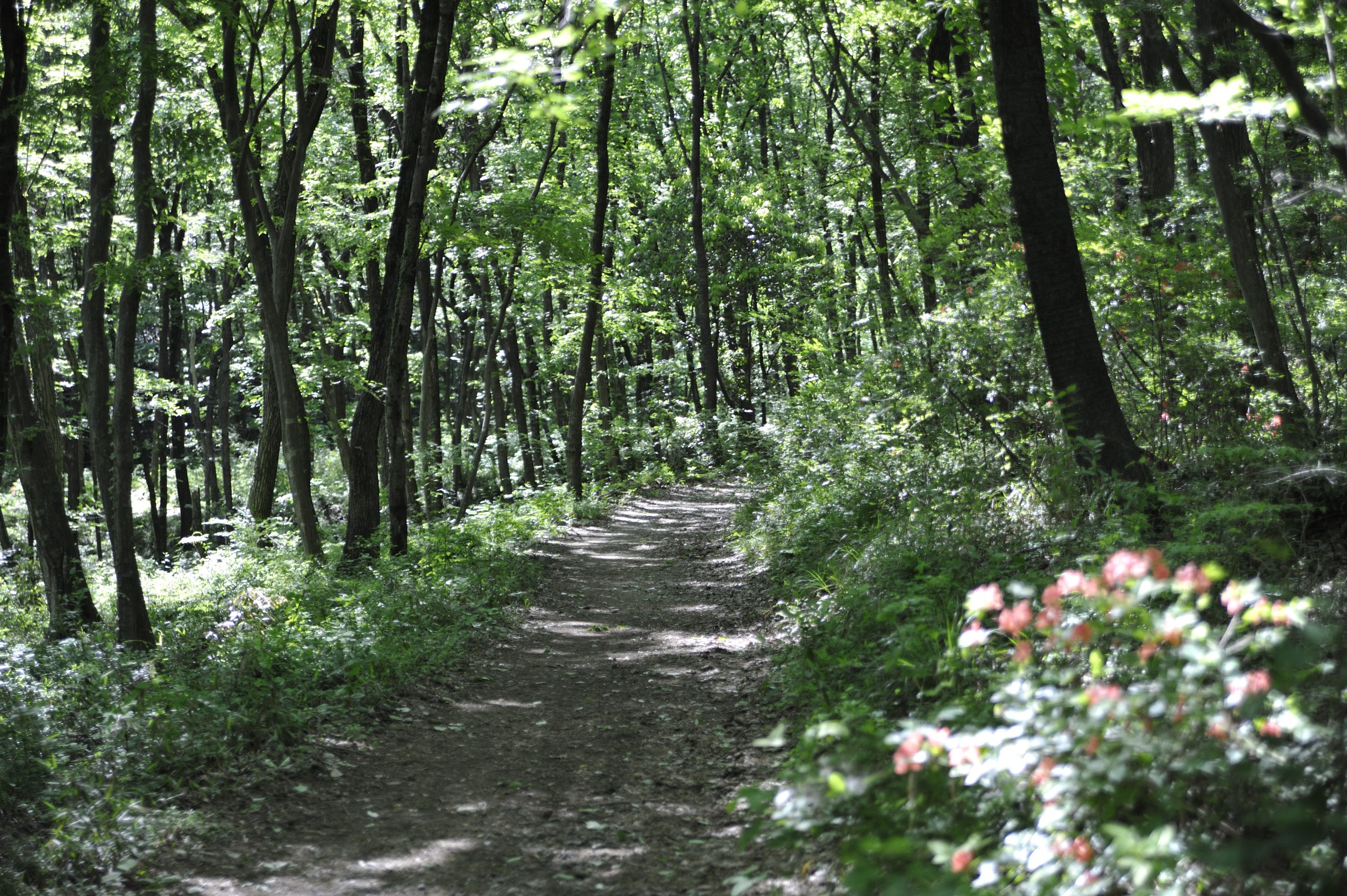
In the rural moutain village satoyama of Ishizaka no Mori, you'll be surrounded by lush nature. Visited by many as a place for finding health and purpose, one can gain a deeper understanding of ecosystems and nature conservation. Be the first to experience the new face of rural Japan, in the satoyama of Ishizaka no Mori.
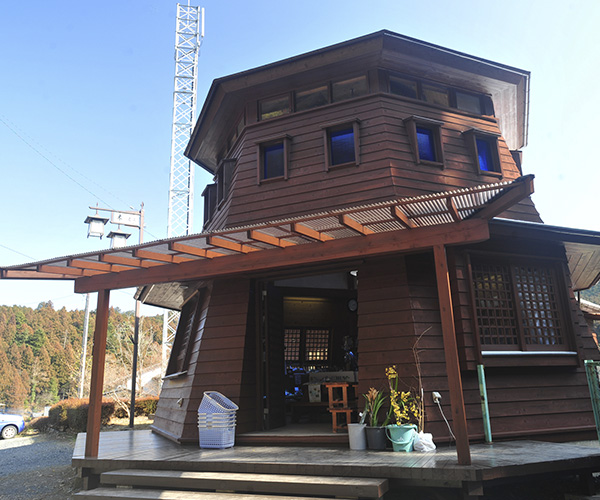
Passing along a road within the mountains, you will come to a direct sales farmers market built from Japanese cypress (hinoki). The shop specializes in mountain mushrooms and wild vegetables harvested in the Ohno region. The “Chirimen Norabō-na,” only available at this shop, is popular every year for its sweetness. The building is the oldest of the town's four direct sales shops, and is said to be the model for Myōkaku Station, which has the same octagonal shape.
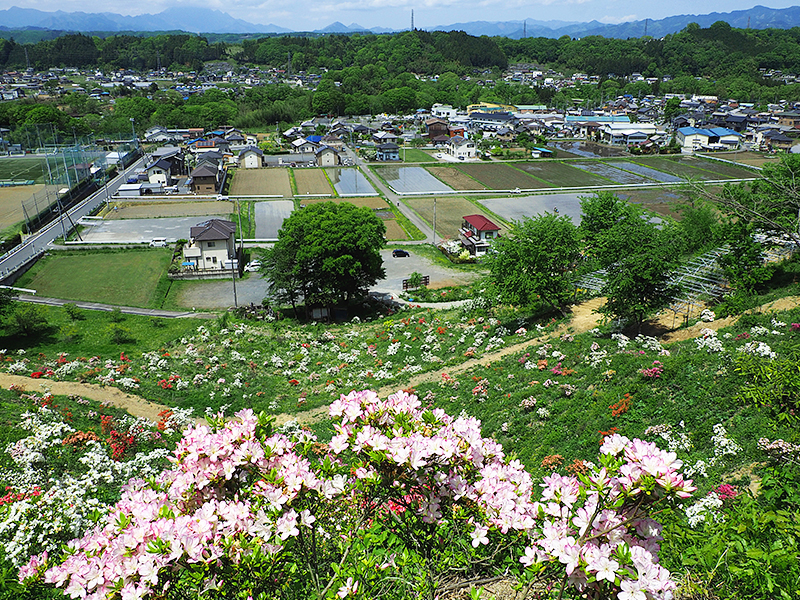
This small, charming hill of approximately 4 hectares has been maintained by local residents and volunteers as a gathering place to watch flowers bloom. Visitors can enjoy a carpet of greenery and mainly white flowers like out of a fairytale; over 6,000 flowers and trees that change from season to season. The town also collaborated with Musashino Art University for a joint project between government and academia to create three integrated artworks, adding even more charm to the park.
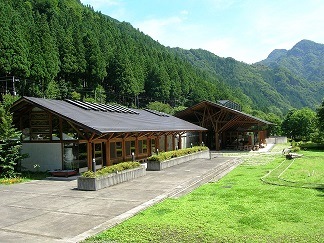
The Saitama Forest Science Museum is a place where visitors can learn about both forests and forestry and deepen their understanding of the roles of forests and forestry. The Museum was built by Saitama Prefecture to encourage and support the local forestry industry.
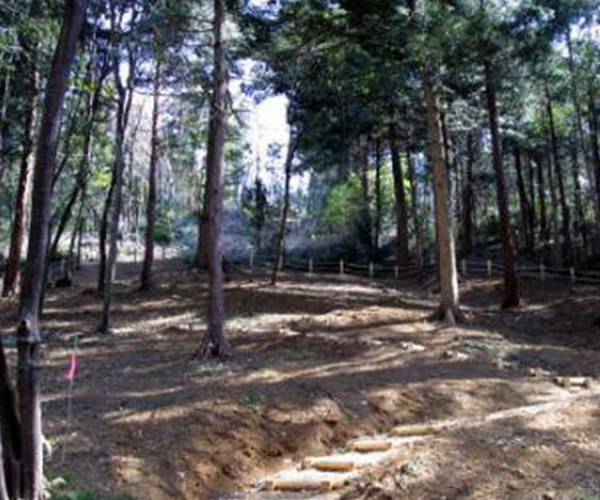
This is a newly developed park in Hatoyama Town, with two large fir trees designated as “Hatoyama Town Scenic Trees." There is also the Midoyama near the entrance, the adjoining 88 temples of Takanokura and the yew oak of Hachiman Shrine, designated as a natural treasure by the town, allowing visitors to enjoy the “four seasons” of Hatoyama.
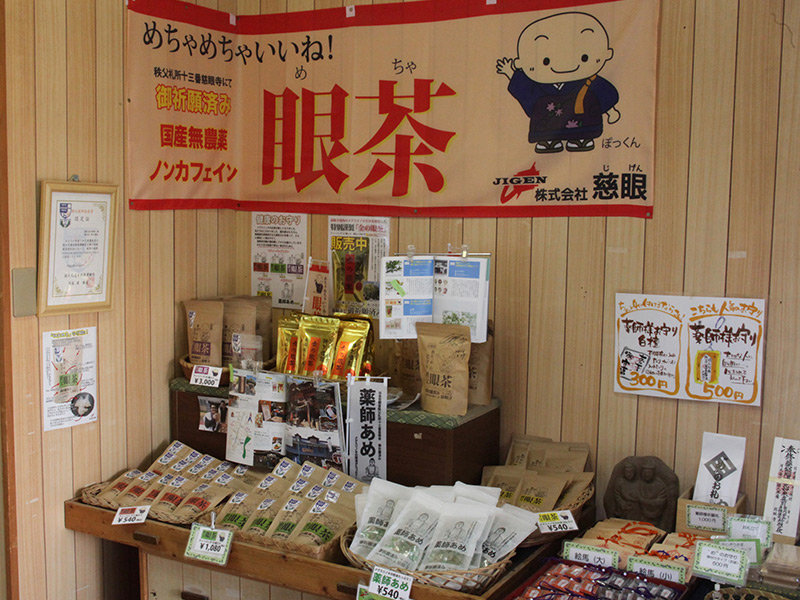
Jigenji is Chichibu’s 13th sacred site on Japan’s 100 Kannon Pilgrimage. It has been famous as a "temple for eyes" for 780 years. Worshippers come from all over Japan with worries and concerns regarding the eye.
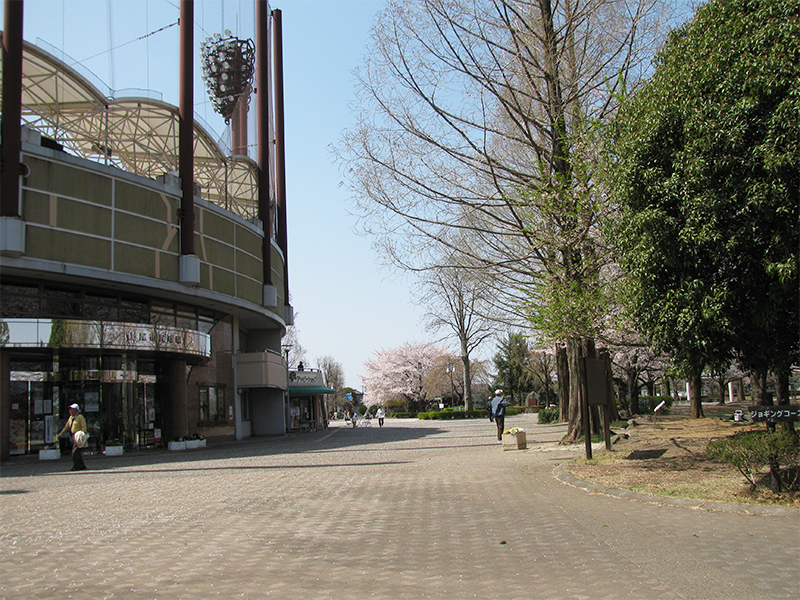
This park provides a place for citizens to interact and relax. It utilizes the natural forest to prove a place to enjoy strolling through all four seasons, a water pool for playing, and many other types of equipment for kids to play.
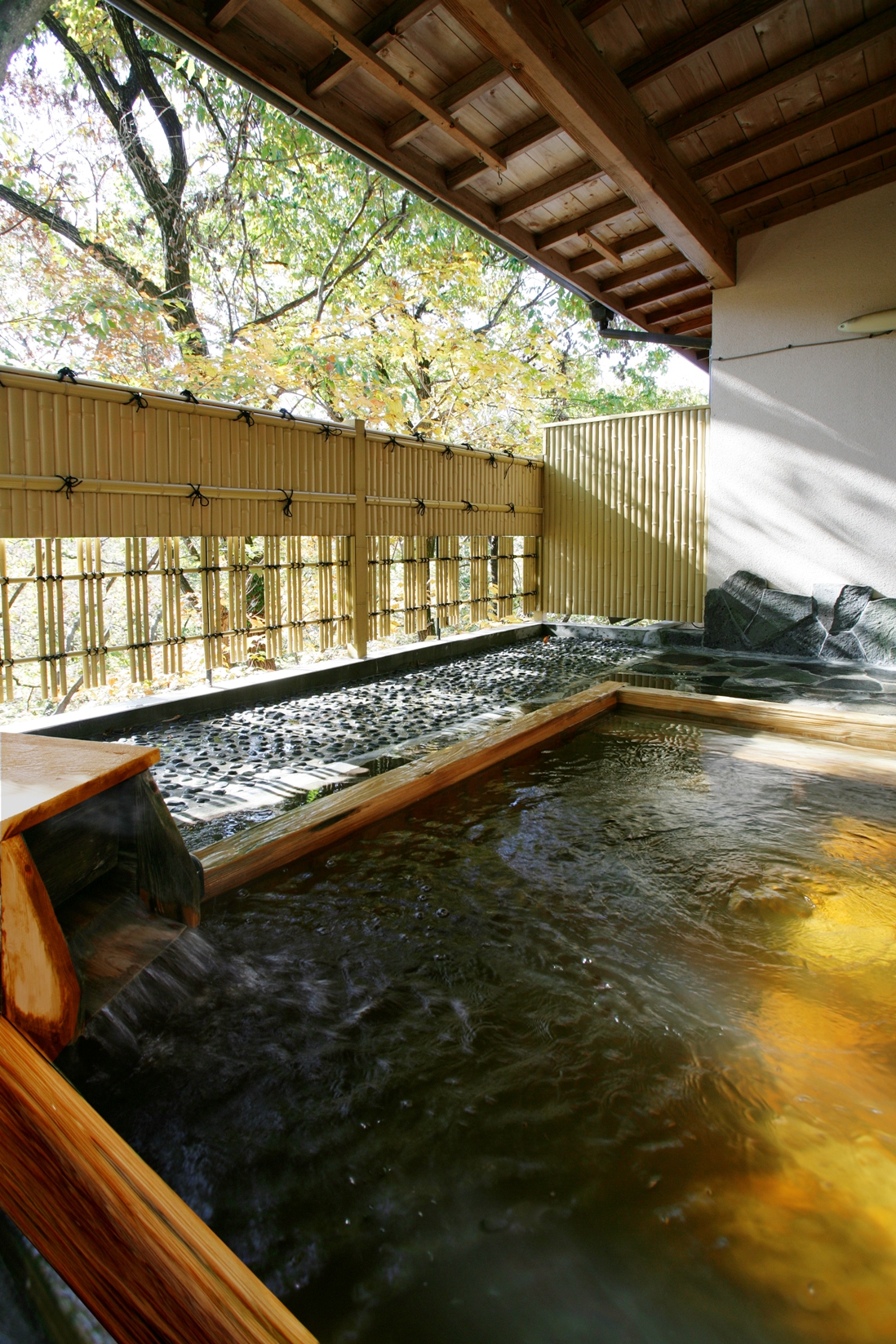
This single-house inn sits high in the mountains, encircled by deciduous trees and the sounds of seasonal birdsong. Located in a forest near the Terasaka Rice Terrace, this inn has been well-loved since its establishment for its “Yakusō-no-yu" (medicinal herb bath). The pride of the lodge is the medicinal herb bath which contains chameleon plant and Japanese mugwort, which improve blood circulation and warm the body to its core. One can expect relief from fatigue and improved skin.
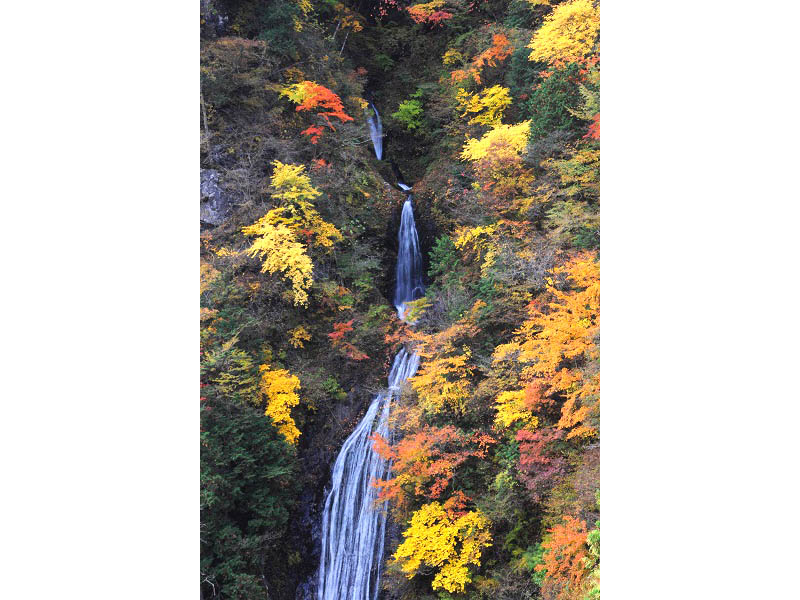
This is the only waterfall in Saitama Prefecture that has been selected as one of Japan's 100 best waterfalls. Along a promenade of about 1.5km, you can enjoy the changing seasons with fresh greenery and autumn leaves. The waterfall is divided by 3 large steps, and the 76 meter drop is powerful and impressive!
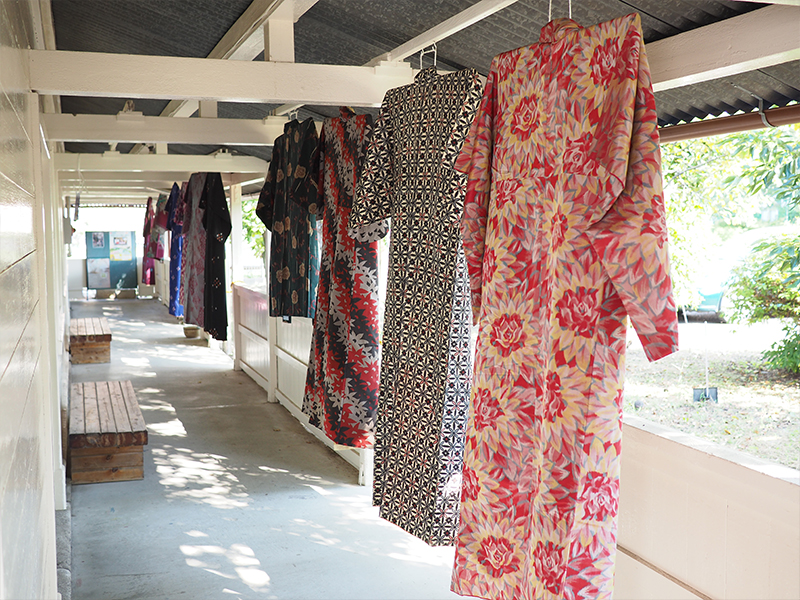
The building was built in 1930 and was registered as a Tangible Cultural Property in 2001. At the Chichibu-Meisen museum, you can learn about the history of Chichibu-Meisen, view the exhibits, and try your hand at stencil dyeing and weaving. All the equipment displayed in the museum is still in use, and if you are lucky, you can even see it in action.
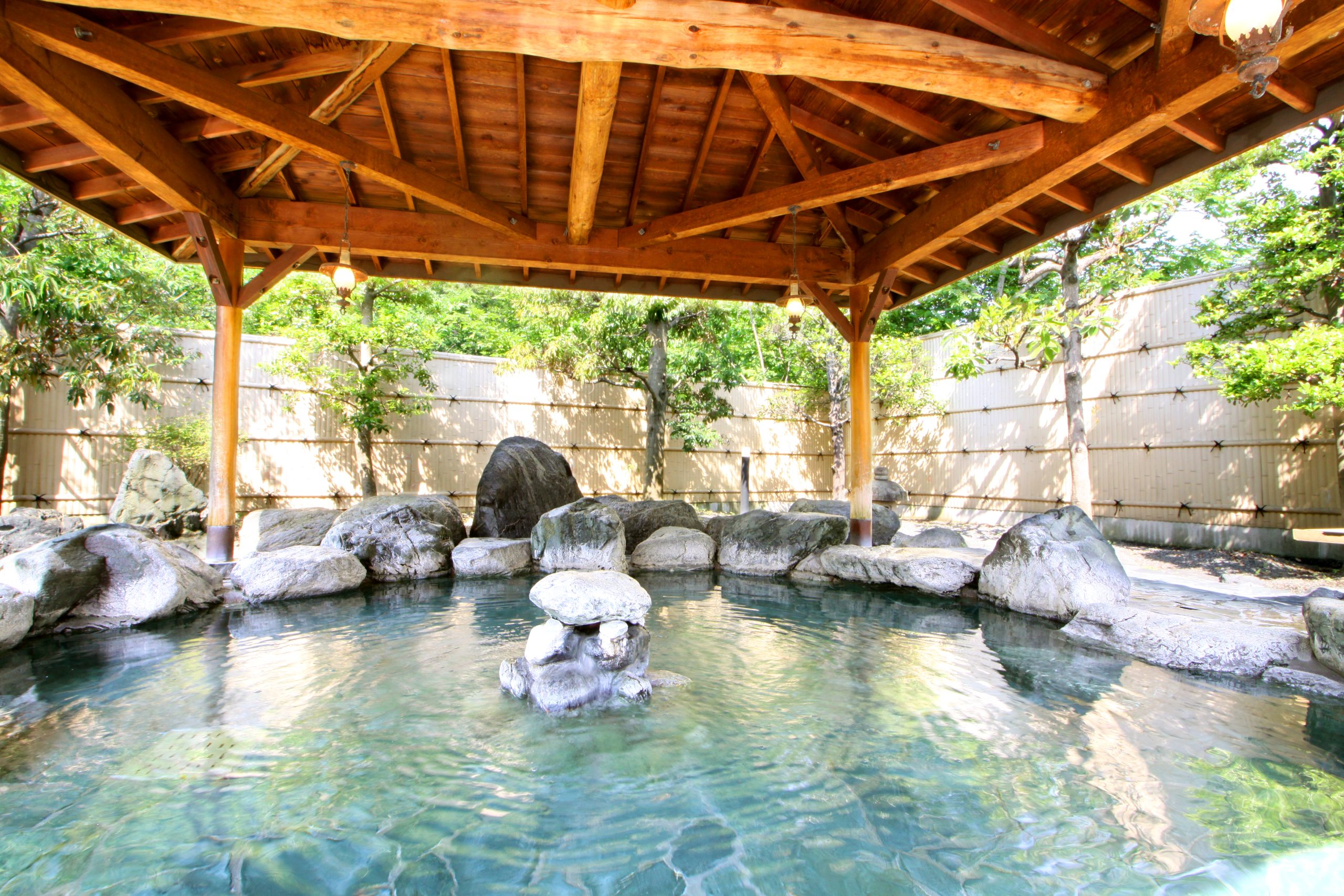
A simple sulfur hot spring. Chichibu Yumoto is a day trip hot spring with the Bukō Onsen as its source, and is effective for a range of chronic diseases such as nerve pain, sore muscles, joint pain, stiff shoulders, and poor blood circulation. One can fully enjoy nature in the liberating open-air bath with the hinoki (wooden) bath, which gives the gentle feeling of trees, and the rock bath, which provides a simple natural atmosphere. Nearby there are also Bukō Auto Campsite (Phone Number: 0494-23-8229) and lodging facility Bukō Onsen Bekkan (annex) (For reservations: 0494-24-4141).
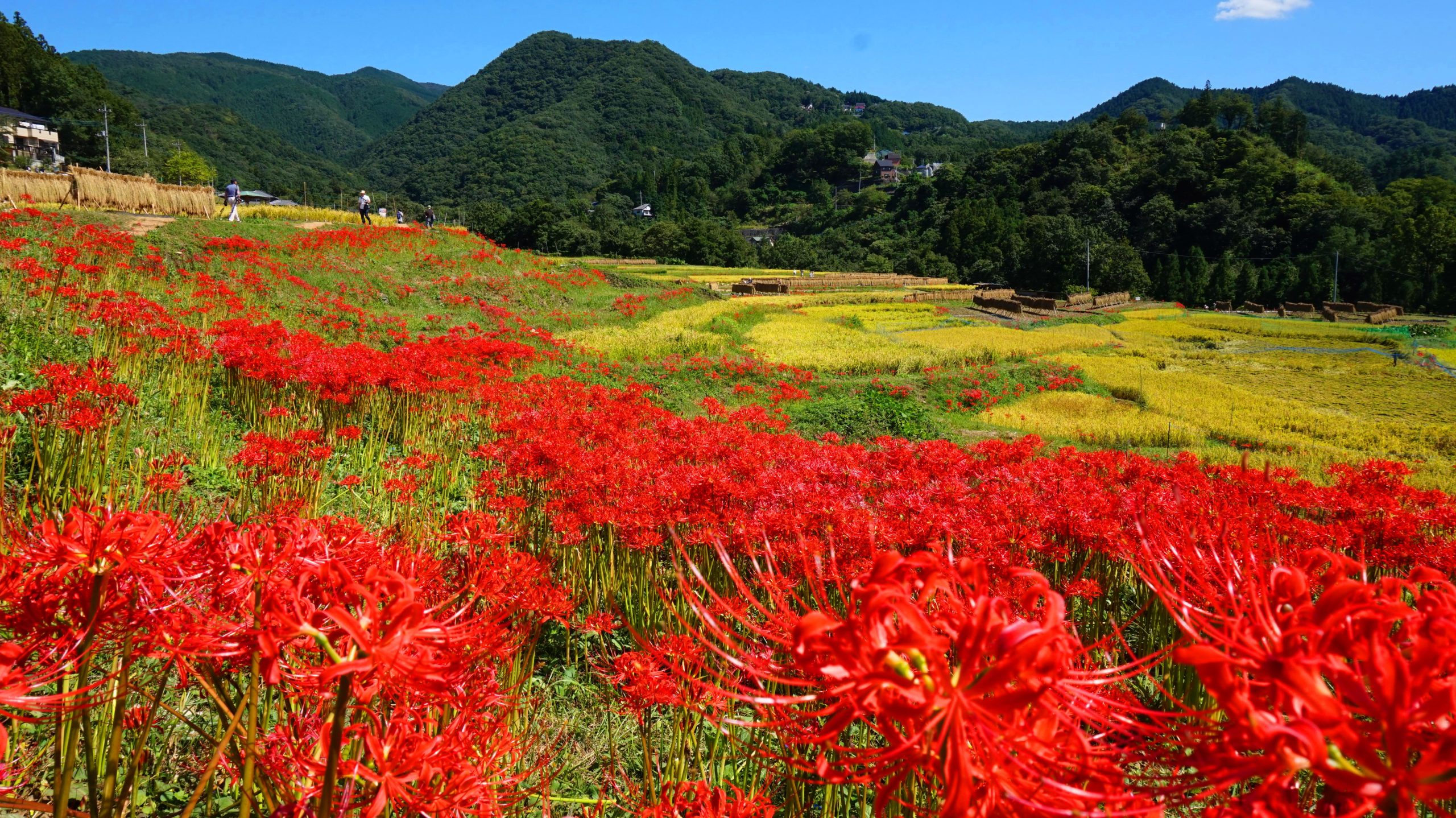
At Saitama Prefecture's largest rice terraces, a rural landscape unique to Japan unfolds with each changing season. Currently, 4 (about 250 fields) out of the total 5.2 hectares are in use. In summer an event is held where around 600 bonfires are lit, for a night of magical ambience one cannot experience in the city. In autumn, the bulbs of around 2 million red spider lilies bloom around the rice paddies.
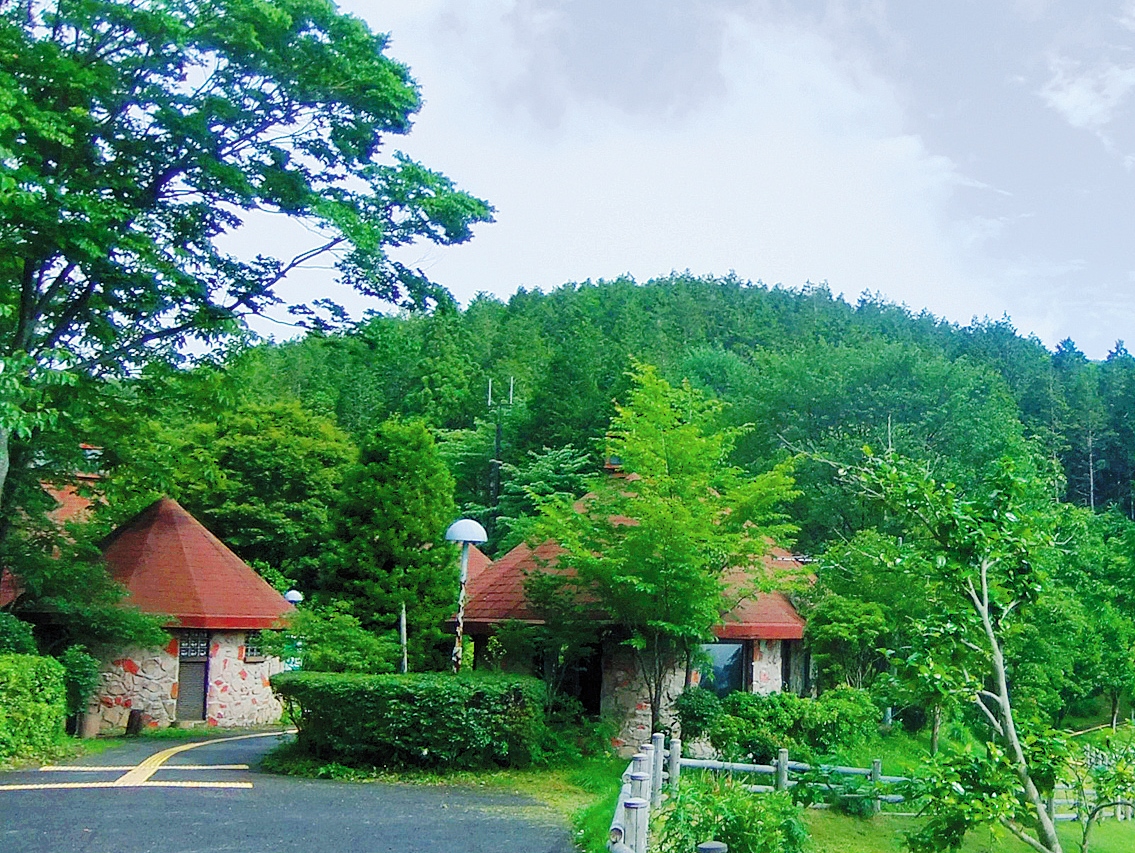
The Saitama Prefectural Forest Park "Kenmin no Mori" is a recreation area that spreads northwards of Mt. Maruyama (altitude 960m). You can enjoy the forest and wild grass of each season, see flowers and trees that you’ve only seen in photos, and meet animals in their natural state. Enjoy a heart-warming and refreshing experience!
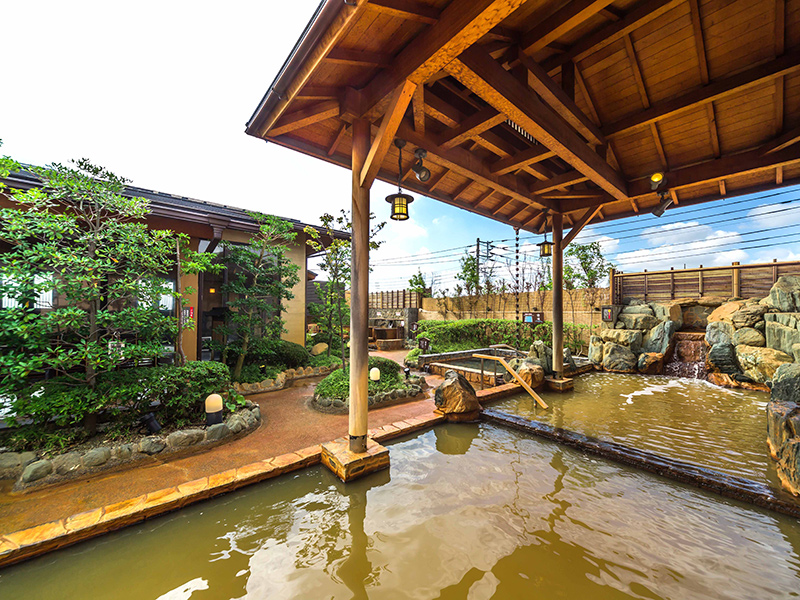
The water at this hot spring, which flows from 1,500 meters underground, scored a maximum score of 5 out of 6 categories in the Japan Natural Hot Spring Examining Authority inspection! With a composition similar to salty seawater, it is also called “Netsu no Yu” (high temperature bath) due to the amount of cold water needed to cool it down. Another appeal is the fact that this hot spring can be enjoyed during the colder months without any added water. The high-concentration carbonated spring, which even garners the attention of the medical industry, can also be enjoyed.
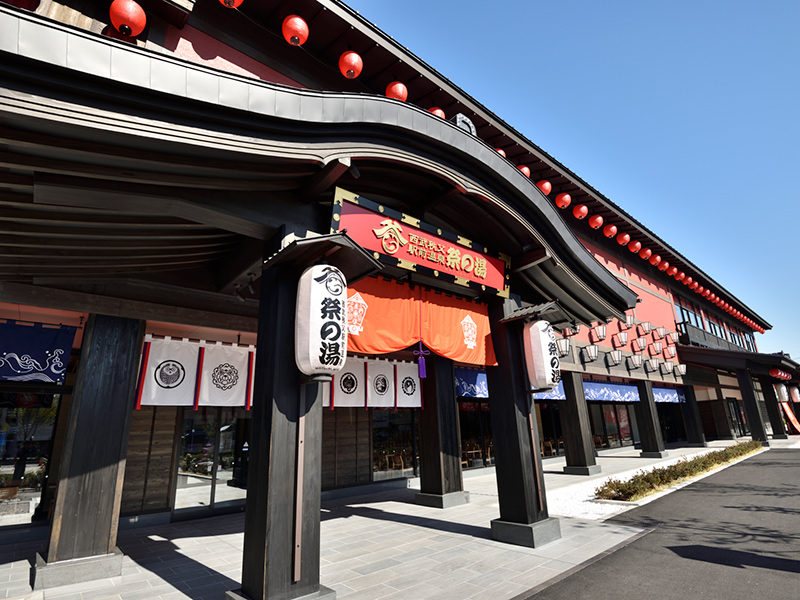
“Seibu Chichibu Ekimae Onsen Matsuri no Yu,” is a large combination hot spring facility based on Chichibu’s specialty, “Festivals.” The facility contains Matsuri no Yu, with four types of open-air baths, a highly concentrated artificial carbonated hot spring and six indoor baths (five for men) to enjoy. Additionally in this area, which takes pride in its rich variety of hot springs, there is a Japanese style food court and an area selling local products perfect as souvenirs, making this facility packed full of Chichibu’s local charm.
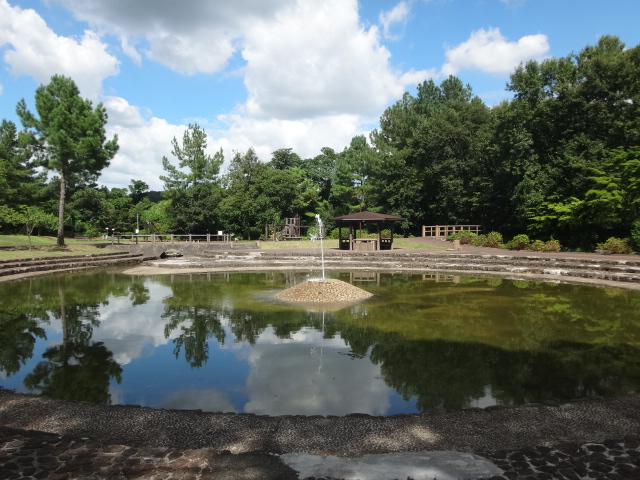
Hatoyama Farm Village Park is a park that is free of charge to enter, surrounded by water and greenery. The park is popular with families and used as a resting spot throughout the year.
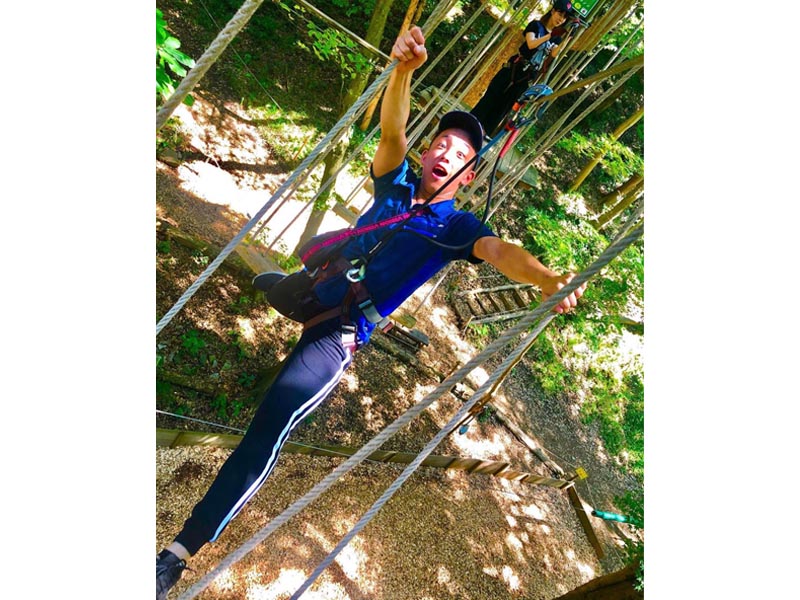
Located in Chichibu Muse park's "Forest of Sports," this is a facility that anyone can enjoy regardless of age! In a mix of planted and native forests, seven zip lines have been installed high above the valley, making it one of the largest parks in Japan. The park is for adults and children aged 10 years and older. The courses are set at high altitudes making this forest adventure particularly popular among adults!
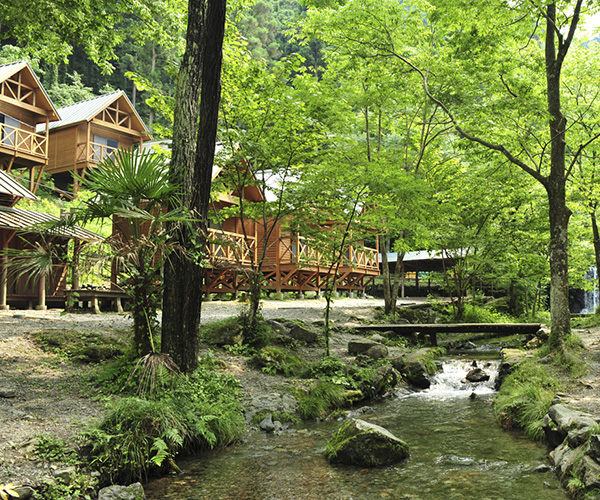
This campsite is surrounded by trees and located in the ravine alongside the Tokigawa River. The facility is well-equipped with a building for cooking, showers and restrooms, making it a safe place to have fun camping. Japanese salmon and char fish swim in the nearby shallow river, giving visitors an up-close-and-personal experience with the great outdoors.
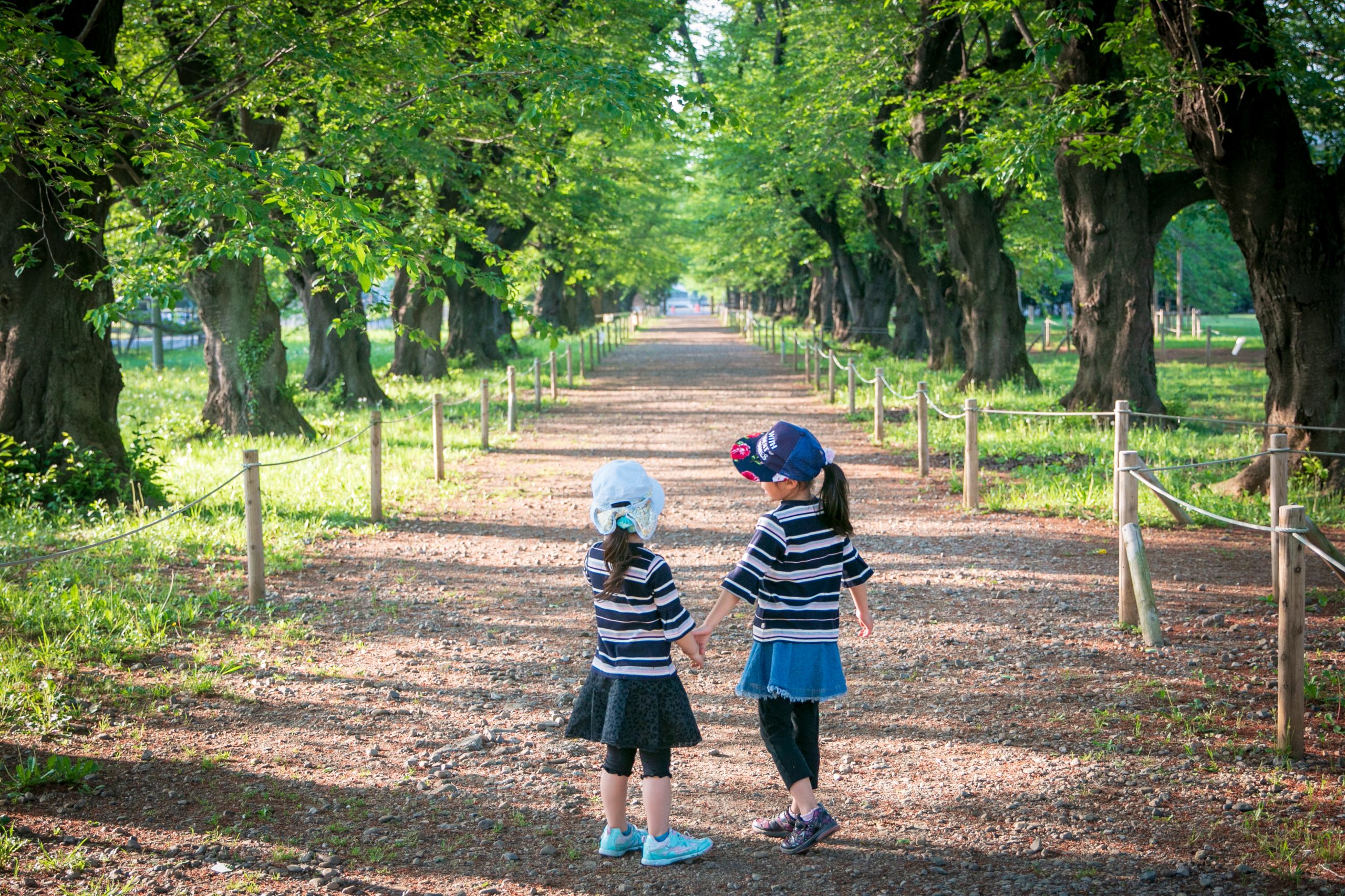
"Musenyama, KDDI Forest" is number thirteen of the fourteen designated Green Trust Conservation sites in Saitama. Located on the eastern edge of Ōmiya Plateau, the area consists mainly of jolcham oak and other deciduous broad-leaved trees. On the west side, there is also a row of Yoshino cherry blossom trees that attract many people in the spring. There was once a station for wireless transmission belonging to KDDI Corporation located here. As a result, the mountain area was nicknamed "Musenyama" (the wireless mountain), by locals.
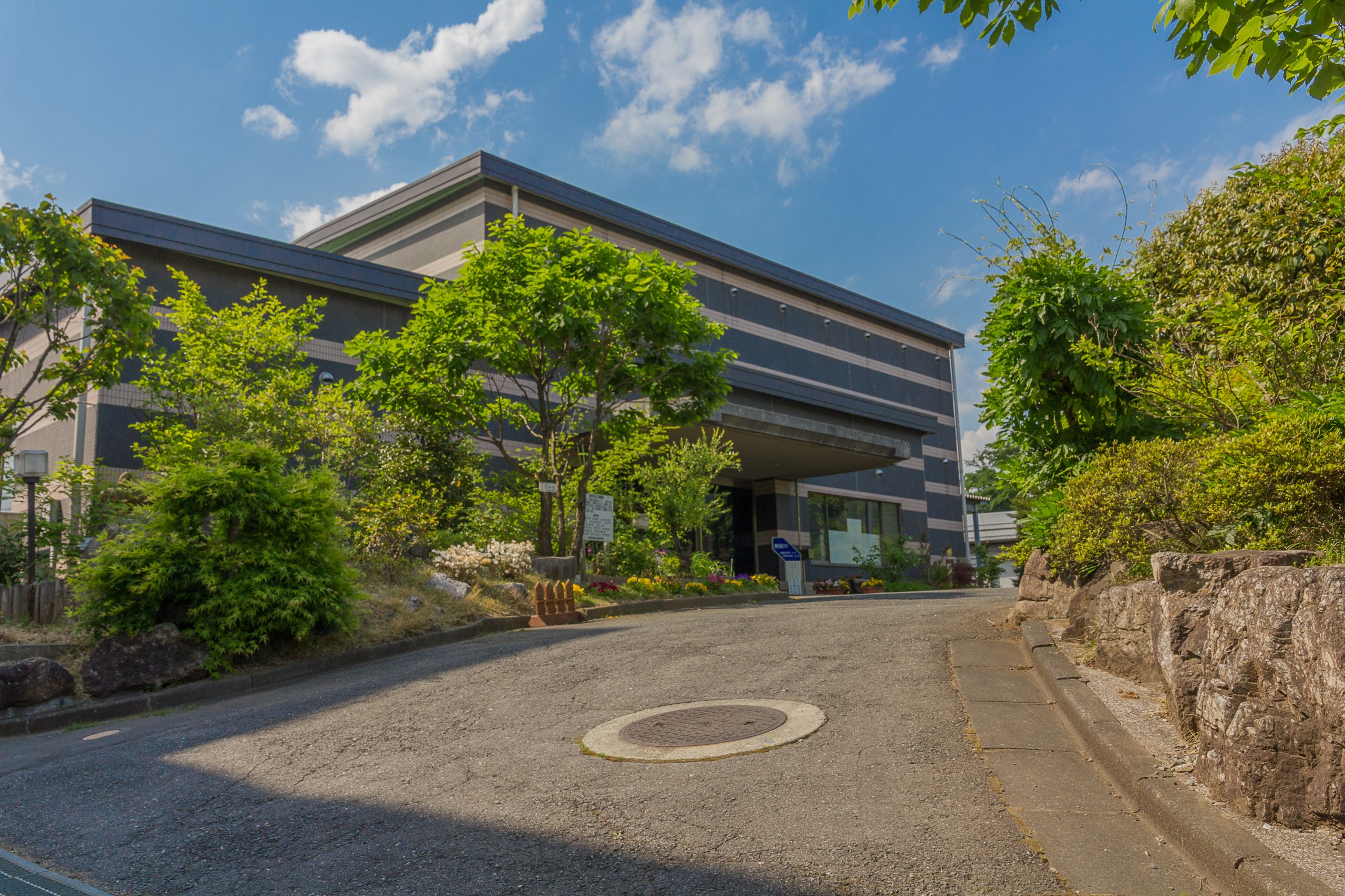
The entire cultural heritage of Yokoze Town is on exhibit at this museum. There are stage models of Yokoze’s puppet show (designated intangible folk cultural property by the prefecture), models of Bukōzanmitake Shrine Palace, specimen displays of animals and plants collected from Mt. Bukō, and historical documents that portray the transitions of Yokoze Town. In the “nature” section of the permanent exhibition room, approximately 130,000 year-old fossils of the giant Japanese elk, buffalo and wolves, which were discovered in the Negoya Limestone Cave, are on display. These fossils are very rare on a national scale.
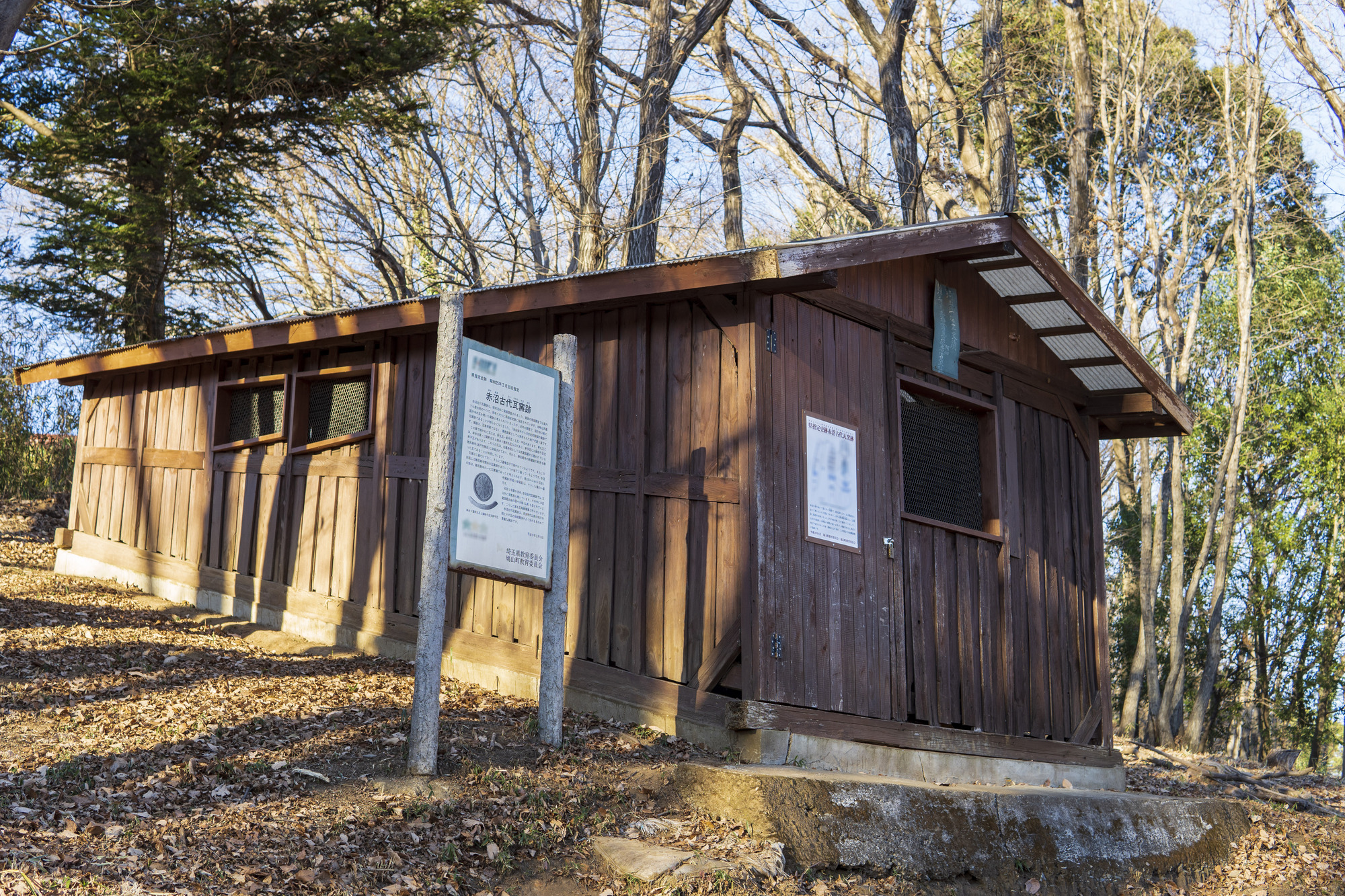
Said to be one of the oldest artifacts in Saitama Prefecture, the ruins of this kiln date back to the 7th century. It has been designated a historical spot of Saitama Prefecture. It was once thought to be a tile kiln created for the establishment of Musashi Kokubunji Temple, however after careful inspection of an excavated tile, it was discovered that the kiln was created for the establishment of Saguro Temple in Sakado.
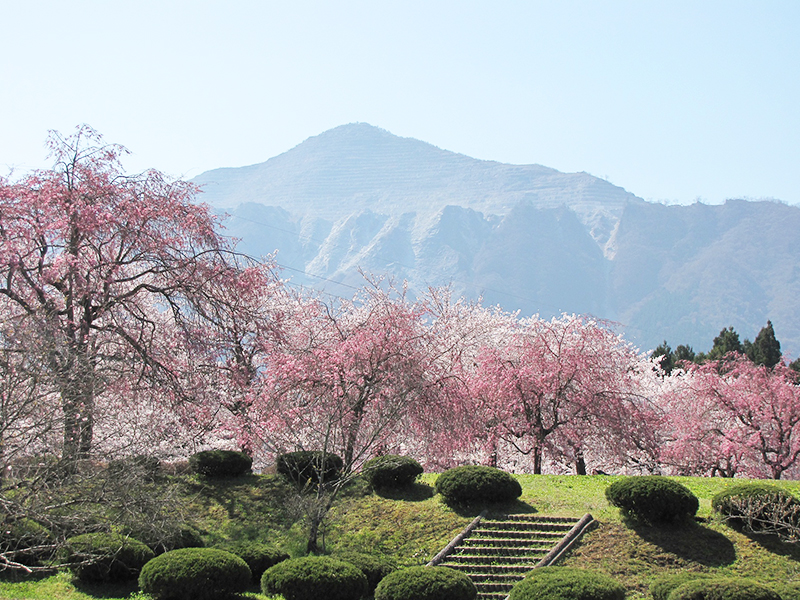
Surrounded by lush greenery and famous for its shibazakura (lawn cherry) and cherry blossoms, this park is located on a hill overlooking the city center and has been long-cherished as a place to relax by the local citizens. There is a hill overlooking the city and surrounding mountains, "Miharashi no Oka," an athletic park "Wanpaku Hiroba" for children to play at, and exhibition halls such as the Mt. Bukou Museum and Yamato Art Museum.
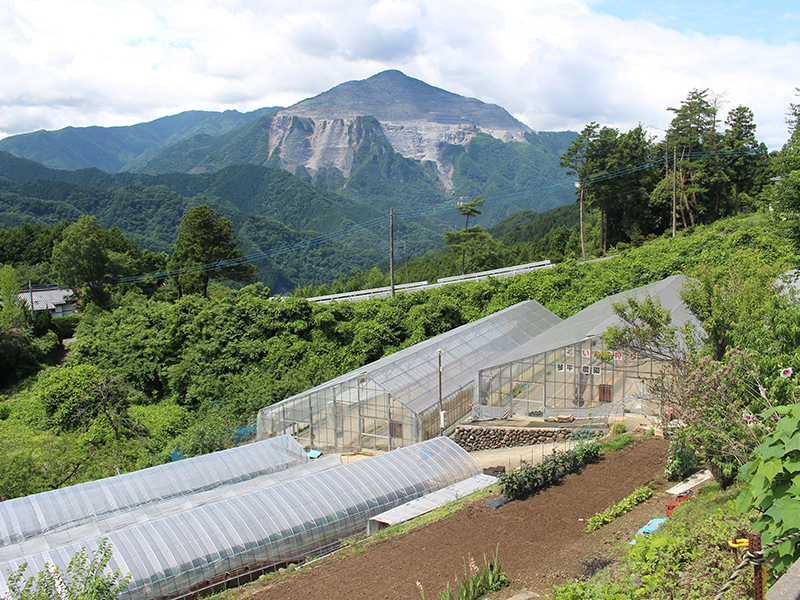
You can enjoy fruit picking and tasting at this sunny farm located on a south-facing slope. A spectacular view of Mt. Bukō is right in front of you! As a health precaution, we ask that visitors wear a mask and disinfect their hands.
This site uses cookies to improve the user experience. If you continue to browse, you consent to the use of cookies on this site. Accept
CONTACT
